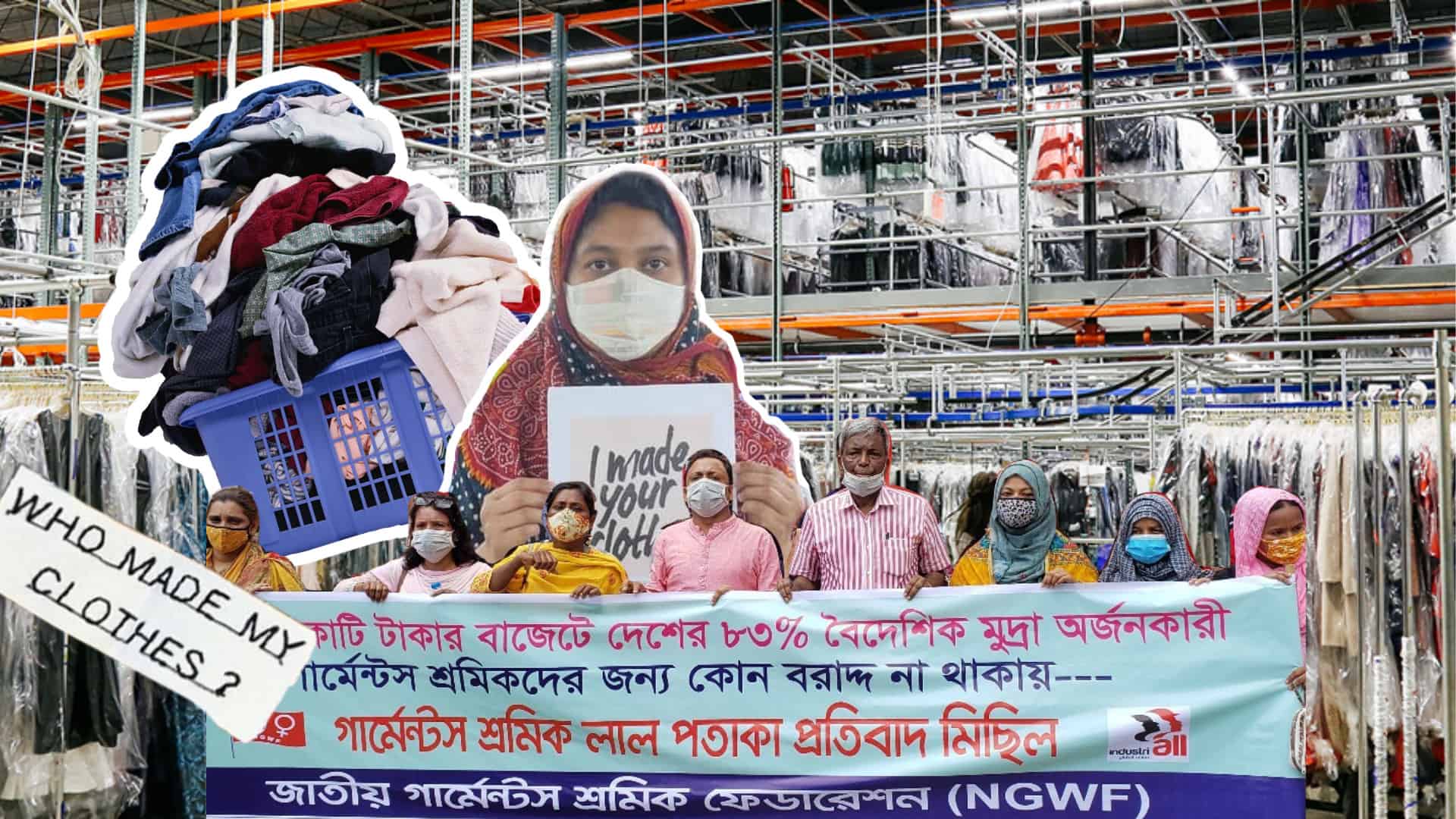Our resident beauty expert, Lisa Sexton, busts a few myths and schools us on what clean beauty really means. Is chemical-free even possible? Are preservatives bad? Is all-natural all good? Here she shares her thoughts on what to look for when deciding what to put on your face. And if you’re in the market for skincare brands we rate, take a peek at our directory of conscious beauty brands.
“If you’re a beauty junkie (or just a normal woman who likes to look her best), you’ve probably encountered lots of claims about ‘clean’ beauty products and why you should be using them. The trouble is, lots of these claims are just marketing tools and don’t stand up to scrutiny (or even plain logic).
The chemical-free myth
…Is one of the most frustrating claims by the clean brigade. Let’s be clear; everything is a chemical – including water. If you hear a product is “chemical-free” you’re buying nothing. Literally nothing, because even air is composed of “chemicals”.
What about ‘all-natural’?
There is no such thing as ‘all-natural’ makeup. Don’t get me wrong, there are some great natural ingredients, but ‘all-natural’ or ‘100% natural’ claims are misleading.
It makes me chuckle when I see products claiming to be ‘natural’ when the ingredients they contain MUST be synthetically created. For example, Iron Oxide is a common pigment used in lipsticks. Iron Oxide is a naturally occurring mineral, but – and it’s a big but – most countries (including the U.S. and the E.U.) ban the use of ‘natural’ Iron Oxides. This is because naturally occurring Iron Oxides are at risk of contamination by heavy metals (e.g. mercury, lead, arsenic, etc.) and so would be dangerous to use in cosmetics products. Instead, by law, Iron Oxides in cosmetics must be synthetic. If you see Iron Oxide on the ingredient list of an ‘all-natural’ lipstick, avoid it like the plague because naturally occurring Iron Oxides are widely considered to be too dangerous to use. (Or, more likely, someone in marketing got carried away, and f*cked up).
It’s also worth considering that the number of transformations ‘natural’ ingredients go through before they end up in our cosmetics. This will be product dependent, but often a ‘natural’ ingredient has gone through so many changes it’s hardly fair to describe it as ‘natural’ any more.
“Synthetic chemicals have harmful effects on our skin.” But do they?
This is just wrong. There is nothing inherently dangerous about ‘synthetic’ ingredients. Equally, there is nothing inherently beneficial about a ‘natural’ ingredient. In fact, nature does a pretty great job at creating extremely harmful and toxic substances – think Deadly Nightshade. Instead of creating stereotypes about ‘natural’ or ‘synthetic’ ingredients, let’s consider each for its own merits and stop worrying about whether or not they are made in a lab or not.
But it says it’s ‘preservative-free’! (as if it’s an accolade)
Preservatives are not bad. Preservatives are actually essential most of the time* for us to have safe, effective cosmetics.
Any product that contains water is at risk of microbial contamination (i.e. microbes such as bacteria, yeast, mould, fungi, virus, prions, protozoa or their toxins and by-products will grow in it). This is obviously not good – it can cause skin irritation, and even blindness or life-threatening infections. Preservatives “preserve” the cosmetic product from the time the product is made and throughout its use; they ensure these potentially harmful microbes can’t grow and keep your products safe. If you see a product with water in it and it claims to be “preservative-free”, please avoid it – it’s either unstable and could put you at risk, or the brand is lying (definitely reason to avoid them).
*Preservatives are needed whenever we have water in the product. The type and level of preservative depend on the nature of the product – e.g. mascara or eyeliner, due to how we apply them – and how it’s packaged – for example, aerosols have less contact with the consumer and air and so are lower risk.
“60% of your skincare will penetrate your bloodstream in 26 seconds”
How scary does this sound? Especially when it’s prefaced with a list of hard to pronounce ingredients that the “clean” brand doesn’t use.
Fundamentally, our skin is a barrier to the external world. In essence, it is designed to ensure that most stuff can’t penetrate it (if most chemicals could penetrate our skin, just imagine what would happen every time you had a bath…)
Some chemicals can penetrate your bloodstream – nicotine patches or transdermal medications, for example, are designed to work this way. However, just because SOME chemicals are capable of entering your bloodstream via your skin, that does not mean ALL or even 60% of chemicals can.
Most skincare is designed to function on the topmost layer of our skin – the stratum corneum. For example, cleansers, sunscreens or moisturisers are designed to work at this topmost layer of our skin. For products that contain “active” ingredients – like Vitamin C or retinol – these may be designed to work in the middle layer of the skin, the epidermis. Some actives have a small enough molecular weight to get to the part of the skin they are designed to work in. They are also a tiny percentage (usually less than 1%) of the total amount of product you’re putting on your skin – nowhere near 60%.
We hope this helps bust some of the “clean” myths out there. If you hear of any others, let us know so we can investigate them for you.
P.S. In case you think I don’t love “natural”, or “clean” beauty brands, I do! There are lots of brands that would fall into both these categories that I love. I just think we need to stop selling stuff through scaremongering and misinformation. Let’s celebrate incredible products, not scare the sh*t out of people.”


